In the ever-evolving digital world, businesses are always on the lookout for creative and effective methods to scale. While traditional marketing tactics continue to play a role, they often fall short when it comes to achieving the accelerated and lasting growth modern companies demand. This is where growth marketing comes in—a dynamic strategy that emphasizes sustainable success by leveraging continuous experimentation, actionable data insights, and a strong focus on understanding and meeting customer needs.
Growth marketing, also known as growth hacking, is a contemporary, adaptive, and impactful marketing strategy that harnesses innovation, data-driven analysis, and digital technologies to achieve rapid and scalable business growth. Unlike traditional marketing, which focuses on broad reach and brand awareness, growth marketing adopts a more focused, data-driven strategy designed to deliver tangible, measurable outcomes. It’s about discovering the most effective methods to grow your business through experimentation, quick testing, and continuous refinement
This detailed guide will examine the essence of growth marketing, its effectiveness, how it stands apart from traditional marketing, and the steps to implement a growth marketing strategy in your business. Additionally, we’ll explore essential tactics and best practices to help you excel in growth marketing and achieve substantial business growth.
Table of Contents
1. What is Growth Marketing?

Growth marketing is a strategic approach that prioritizes rapidly scaling a business by leveraging a blend of innovative tactics, experimentation, and data-driven decision-making. Unlike traditional methods, it adopts a holistic perspective, focusing on the entire customer journey instead of solely concentrating on acquiring new customers.
In growth marketing, the objective is to drive customer acquisition, engagement, retention, and revenue simultaneously by enhancing every interaction throughout the customer journey. The primary goal is to achieve scalable, long-term growth that supports the sustained success of your business.
Growth marketing typically involves:
- Agility: Constantly testing and iterating strategies to see what works and what doesn’t, making real-time adjustments.
- Data-Driven Insights: Leveraging analytics to analyse customer behaviour, evaluate performance, and guide strategic decision-making.
- Creativity and Innovation: Exploring unconventional approaches to connect with and captivate customers
- Cross-Department Collaboration: Growth marketing frequently requires teamwork across multiple departments, such as marketing, product development, sales, and customer service
Although growth marketing has some commonalities with traditional marketing, it places a greater emphasis on swift experimentation and adapting quickly based on data and insights.
2. The Importance of Growth Marketing

In today’s intensely competitive market, growth marketing is becoming more crucial for a variety of reasons:
- Increased Competition
As competition intensifies in the digital landscape, traditional marketing methods are no longer sufficient to capture attention and differentiate businesses. Growth marketing provides companies with the agility and insights they need to stay ahead of the competition by optimizing their marketing strategies based on real-time data.
- Faster Time to Market
The speed of business is increasing, and companies must adapt by testing new ideas swiftly and efficiently. Growth marketing empowers businesses to quickly experiment with various strategies, platforms, and content to identify what delivers results, enabling faster adjustments and sustained growth.
- Better Customer Insights
Growth marketing leverages data and analytics to gain valuable insights into customer behaviour and preferences. By gathering and analysing information throughout the customer journey, businesses can customize their marketing strategies to align with the unique needs and expectations of their audience, resulting in greater engagement and improved outcomes.
- Cost Efficiency
Growth marketing highlights the importance of resource efficiency. By concentrating on successful tactics and continuously refining campaigns, businesses can minimize wasted investments in ineffective strategies, ensuring that every dollar spent drives tangible growth .Growth marketers continuously experiment with various ad creatives, landing pages, email campaigns, and other assets to determine the most effective strategies.
- Scalability
In contrast to traditional marketing, which often prioritizes short-term campaigns or customer acquisition, growth marketing concentrates on creating a scalable and sustainable framework. By consistently refining the customer lifecycle, businesses can develop a repeatable growth model that evolves alongside the company’s expansion.
3. Growth Marketing vs. Traditional Marketing

While growth marketing and traditional marketing may appear alike initially, there are significant distinctions that differentiate the two approaches Let’s examine the key differences between growth marketing and traditional marketing:
| Aspect | Growth Marketing | Traditional Marketing |
| Focus | The entire customer lifecycle (including acquisition, engagement, and retention) | versus primarily concentrating on acquisition and brand awareness |
| Approach | Data-driven, agile, and experimental | Process-oriented, long-term planning |
| Tactics | A/B testing, referral programs, personalization, viral loops | TV ads, print ads, billboards, radio |
| Measurement | Data-driven, emphasizing ROI and key performance indicators (KPIs) | while traditional approaches often have limited metrics or tracking capabilities |
| Customer Centricity | Strongly prioritizes customer needs and feedback | whereas traditional methods mainly emphasize brand messaging and wide audience reach |
| Speed | Rapid iteration and optimization | Slower execution and fewer adjustments |
While traditional marketing methods still have a place in the marketing world, growth marketing is increasingly seen as the more efficient and effective approach, especially for start ups and companies aiming to scale quickly.
4. Core Principles of Growth Marketing

Growth marketing is built on several core principles that guide its strategies and tactics. These principles ensure that marketing efforts are efficient, data-driven, and aligned with long-term growth objectives:
- Experimentation
Growth marketers embrace a culture of experimentation. They consistently experiment with new ideas, strategies, and campaigns to determine what resonates most with their audience. This method reduces risk by verifying assumptions before allocating significant resources.
- Data-Driven Decisions
Growth marketers rely on data-driven insights rather than intuition to make decisions.. By constantly analysing customer behaviour and performance metrics, marketers can adjust campaigns to improve results.Using data-driven insights, growth marketers can personalize experiences, enhance user retention, and scale their strategies efficiently.
- Customer-Centric Approach
The customer is at the centre of everything growth marketers do. Instead of prioritizing broad brand messaging, growth marketing centres on identifying and addressing customer pain points while optimizing every stage of the customer journey.
- Scalable and Sustainable Growth
Growth marketing isn’t about quick wins. It focuses on building scalable, repeatable systems that enable long-term growth. By prioritizing sustainable customer acquisition, retention, and engagement, businesses can achieve consistent and manageable expansion.
5. The Growth Marketing Funnel

The growth marketing funnel represents the complete customer journey, from initial awareness to long-term loyalty. Growth marketers work to improve every stage of this funnel to boost conversion rates and enhance customer lifetime value (CLV).
- Awareness
The first stage of the funnel is about getting your brand in front of as many people as possible. Tactics in this stage include content marketing, SEO, social media, and paid advertising. Growth marketers experiment with different channels to see which ones bring in the highest-quality traffic.
- Acquisition
Once people are aware of your brand, the next step is to convert them into leads. Acquisition strategies often involve offering something of value (such as a free trial, demo, or lead magnet) in exchange for contact information or sign-ups.
- Activation
This stage focuses on getting leads to experience the core value of your product or service. Growth marketers use onboarding emails, tutorials, and product demos to help users understand how to get the most out of their initial experience.
- Retention
Retaining customers is one of the most cost-effective ways to grow your business .Growth marketing emphasizes sustained user engagement through tailored messaging, rewards programs, and meaningful content.
- Revenue
In this stage, the goal is to turn engaged users into paying customers. Growth marketers use tactics like pricing experiments, upselling, and product bundling to maximize revenue from their user base.
- Referral
The final stage of the funnel is about encouraging your satisfied customers to refer others. Referral programs, social sharing, and word-of-mouth marketing help to drive new customers, creating a viral loop of growth.
6. Key Tactics in Growth Marketing

To drive growth, growth marketers use a variety of tactics. Some of the most effective tactics include:
- Data-Driven Decision Making
By using analytics tools (e.g., Google Analytics, Mix panel, Hotjar), growth marketers gather data on user behaviour and marketing performance. This data helps them understand what’s working and what needs adjustment, allowing them to optimize campaigns in real-time.
- A/B Testing and Experimentation
Growth marketers continuously experiment with various ad creatives, landing pages, email campaigns, and other assets to determine the most effective strategies.
- Personalization and Segmentation
Personalized marketing is far more effective than generic messaging. Growth marketers use data to segment their audience and tailor messages and offers to individual preferences, behaviours, and demographics.
- Content Marketing and SEO
High-quality content is a cornerstone of growth marketing through content creation .Content marketing and SEO work hand in hand to attract and engage audiences by creating valuable, optimized content that ranks higher in search engines and drives organic traffic.
Conclusion
In today’s fast-evolving business environment, growth marketing has emerged as a powerful approach for companies seeking sustainable, long-term success. Unlike traditional marketing, which often focuses solely on brand awareness and acquisition, growth marketing takes a holistic view of the entire customer journey—from attracting prospects to retaining and engaging them for the long haul. It’s about creating scalable systems that not only acquire customers but also keep them coming back, thereby fostering long-term relationships and maximizing customer lifetime value (CLV).By leveraging experimentation, personalization, and cost-effective strategies, businesses can drive sustainable growth and long-term success.
Author : Ajlab
for more queries DigiSkillz Digital Marketing course in Kottakkal


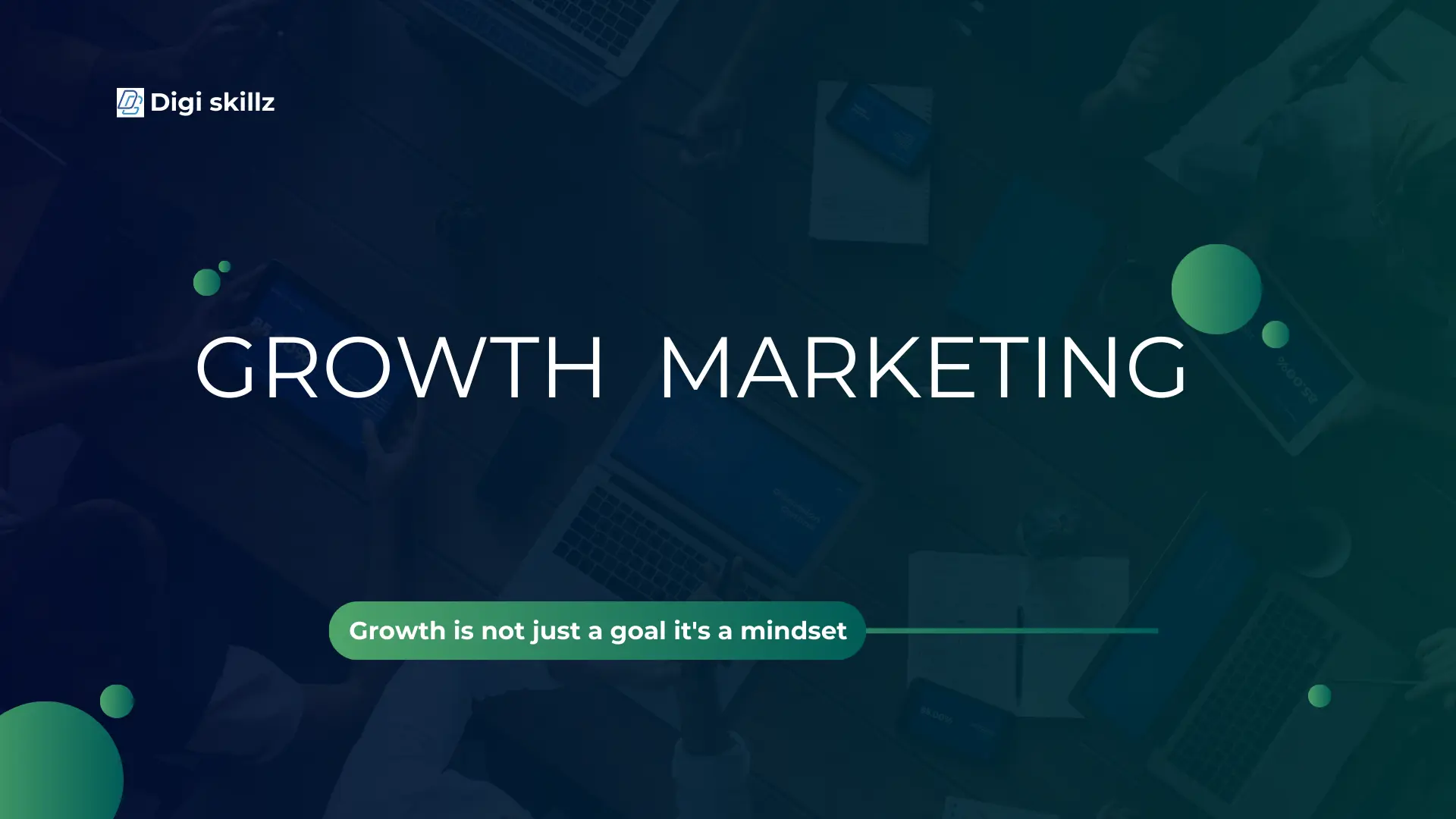



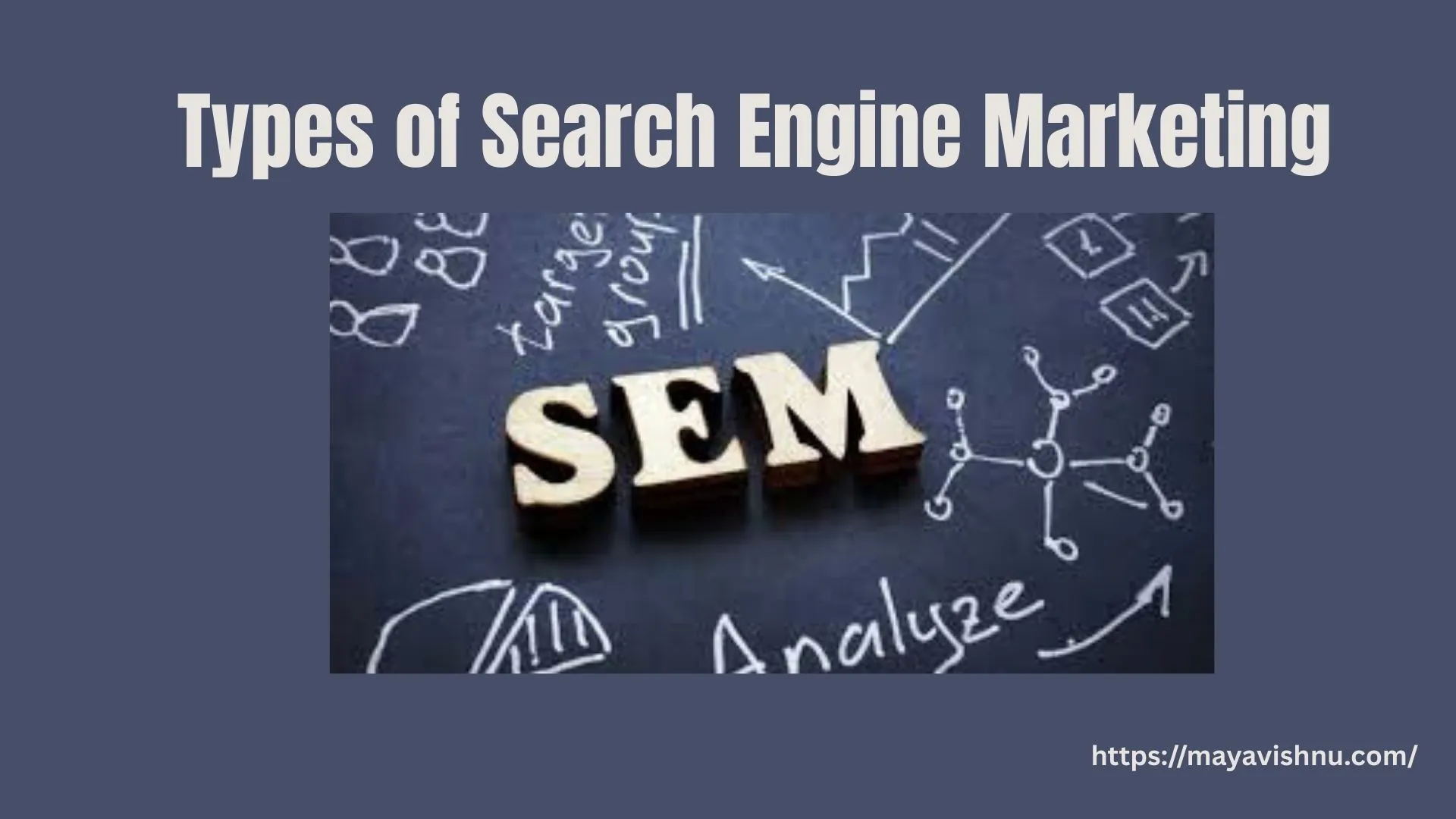
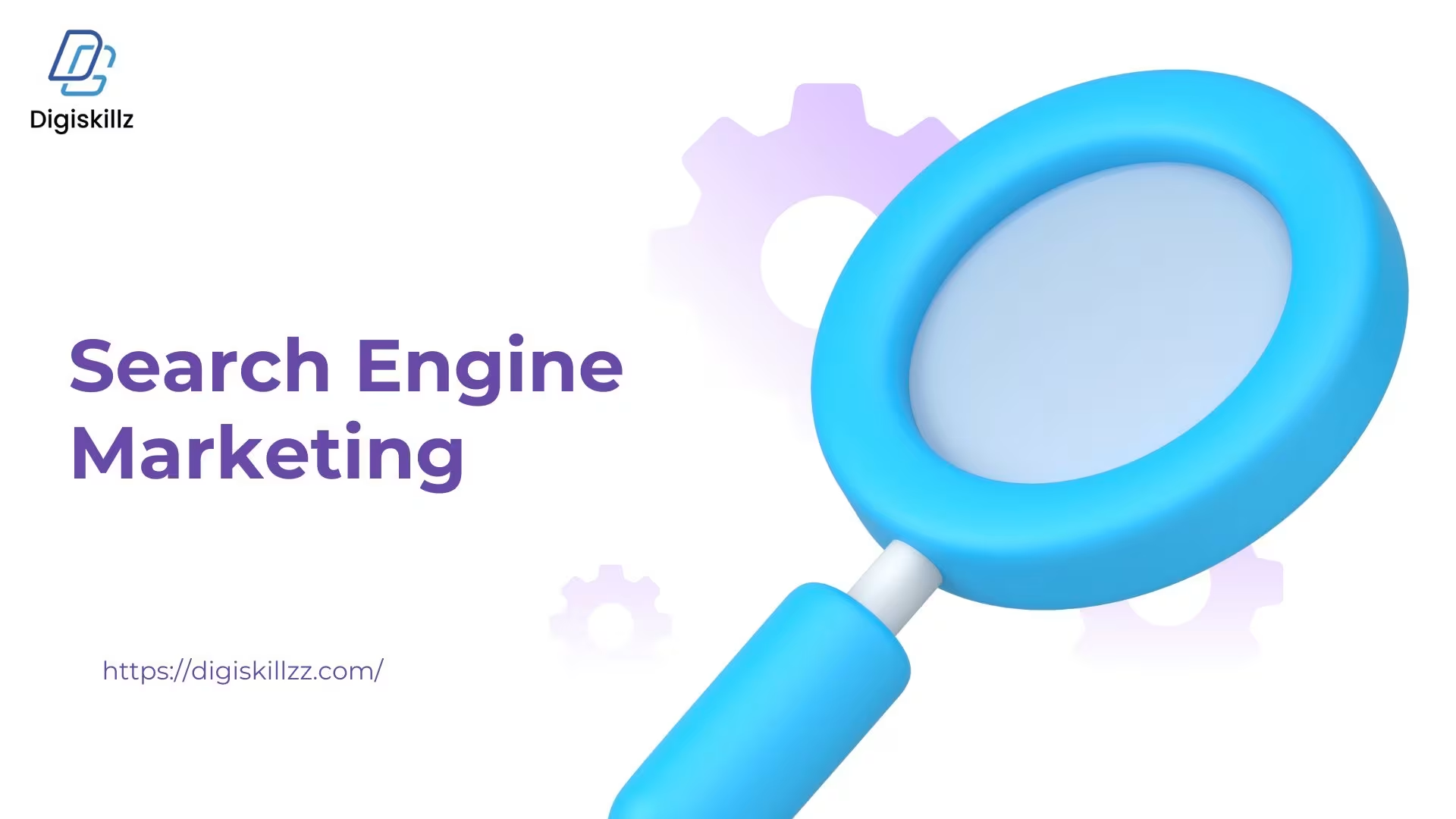
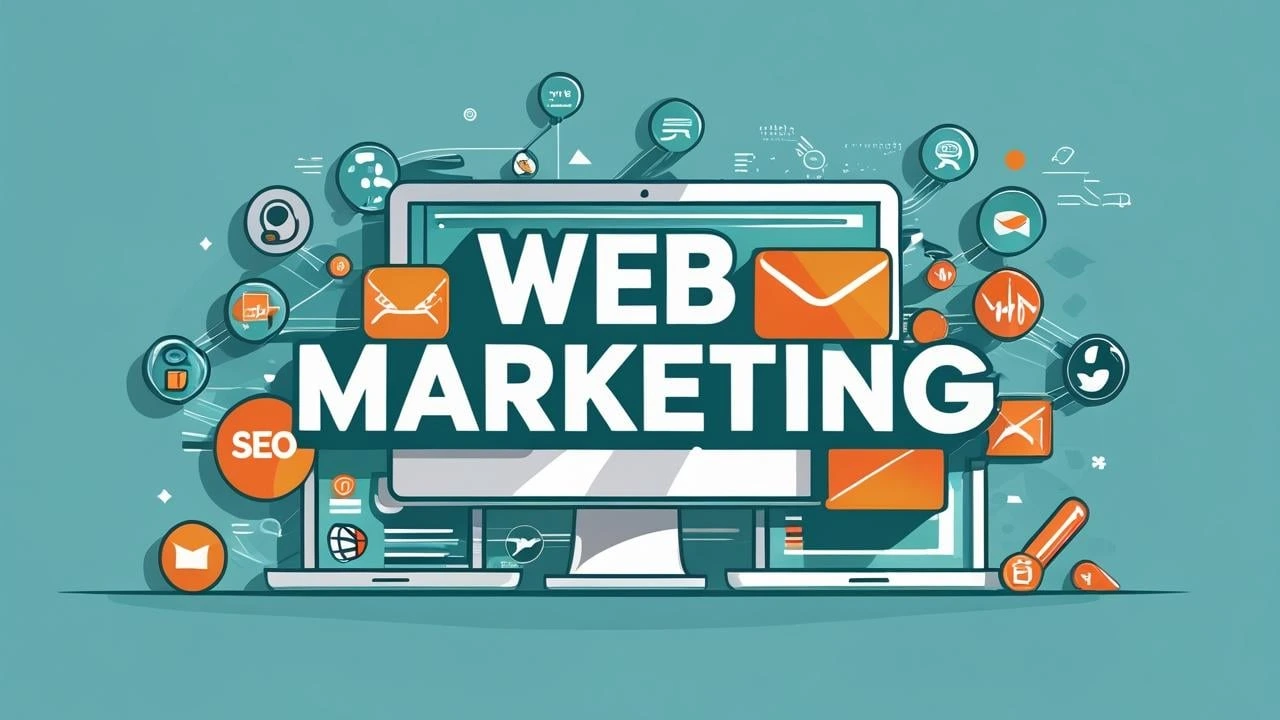
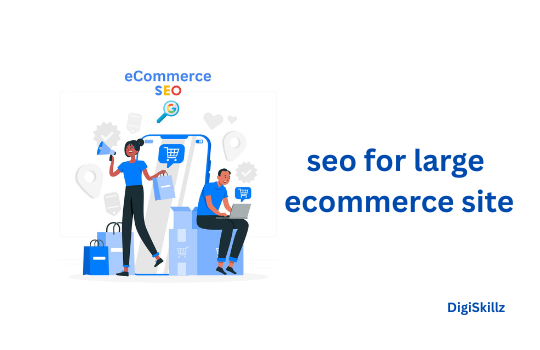

Leave A Comment